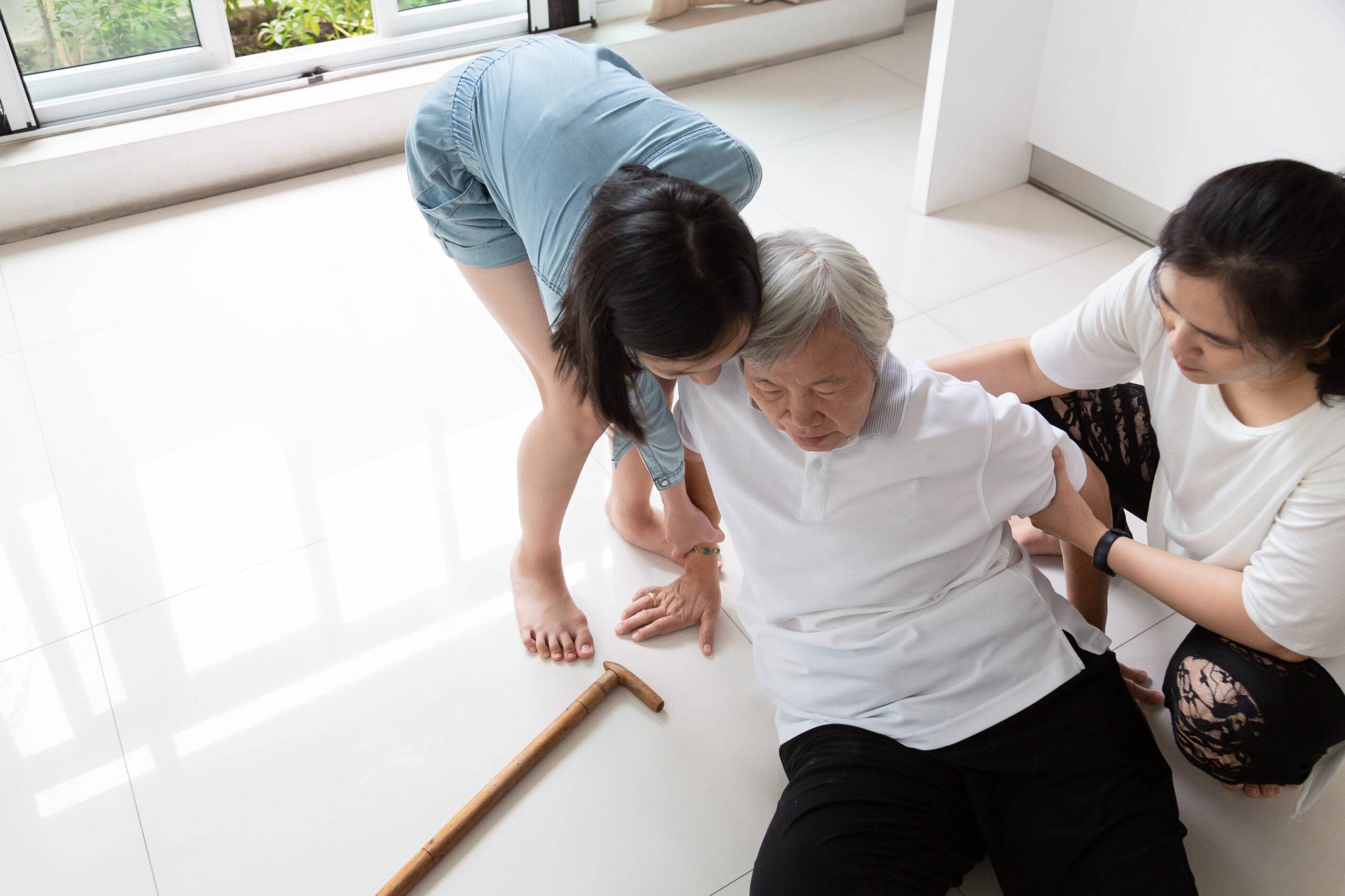In today’s rapidly advancing world, families and caregivers are constantly seeking the best solutions to ensure the safety and well-being of their elderly loved ones. Two prominent technologies that have emerged in the realm of senior care are medical alert systems and fall detection devices. Both of these options offer unique benefits and cater to specific needs. Understanding the differences and advantages of each can be crucial in making the right choice for your family member.

Understanding Medical Alert Systems
Medical alert systems are wearable devices designed to provide immediate assistance in case of emergencies. These systems typically consist of a wearable button or pendant that, when pressed, connects the user to a call center. The trained personnel at the call center can then dispatch emergency services or contact family members as needed.
How Do They Work?
These systems operate through a network of cellular or landline connections. When the button is pressed, it sends a signal to the monitoring center. Modern medical alert systems have evolved to include features like GPS tracking, enabling responders to locate the individual quickly. For more insights, you can explore the elderly care solutions that are transforming independent living.
Benefits of Medical Alert Systems
- Immediate Assistance: With the press of a button, users can get immediate help, which is crucial in emergencies.
- Peace of Mind: Families can rest easy knowing their loved ones have a lifeline at their fingertips.
- 24/7 Monitoring: These systems are operational around the clock, ensuring help is always available.
Exploring Fall Detection Devices
Fall detection devices are specifically designed to recognize falls and alert emergency contacts or services without the need for the user to press any buttons. These devices use sensors and algorithms to detect sudden movements or impacts, which are indicative of a fall.
Technology Behind Fall Detection
The technology in fall detection devices involves accelerometers and gyroscopes to monitor motion and orientation. These sensors can differentiate between normal movements and falls, triggering an alert when necessary. For a deeper understanding, you might want to visit this fall detection guide.
Advantages of Fall Detection Devices
- Automatic Alerts: Users don’t need to manually activate the device, making it ideal for those who might be incapacitated after a fall.
- Comprehensive Coverage: These devices offer protection even when users are unconscious or unable to press a button.
- Integration with Smart Homes: Many modern devices can be integrated into smart home systems for enhanced safety.
Comparing the Two: Key Differences
While both medical alert systems and fall detection devices serve to protect the elderly, there are distinct differences between them. The primary distinction lies in their functionality: medical alert systems require manual activation, whereas fall detection devices offer automatic alerts.
Functionality and Use
For seniors who are capable of pressing a button during an emergency, medical alert systems are highly effective. On the other hand, fall detection devices are better suited for those who might not be able to activate a device manually after a fall. You can learn more about how seniors feel about these devices by reading about seniors resisting these technologies.
Cost Considerations
Cost can be a significant factor in deciding between the two. Typically, medical alert systems come with a subscription fee due to the 24/7 monitoring service. In contrast, fall detection devices might have a one-time purchase cost, but lack the continuous monitoring feature. For those interested in specific apps that can help, check out this article on senior fall prevention.
Real-Life Applications
Many families have shared their experiences with both medical alert systems and fall detection devices. These stories highlight the practical applications and benefits of each technology in real-world scenarios.
Case Study: The Smith Family
The Smith family opted for a medical alert system for their grandmother, who lives alone. With her ability to press the button during a mild heart attack, emergency services were promptly alerted, and she received the necessary medical attention in time.
Case Study: The Johnson Family
Conversely, the Johnson family chose a fall detection device for their elderly father, who was prone to fainting spells. The device automatically alerted family members and emergency services during one such incident, proving to be a lifesaver.
Future of Elderly Care Technology
As technology continues to evolve, the integration of AI and machine learning into medical alert systems and fall detection devices is on the horizon. These advancements promise even greater accuracy and reliability in detecting falls and medical emergencies.
What’s Next?
Future developments may include devices that not only detect falls but also predict them based on the user’s movements and patterns. This proactive approach could revolutionize elderly care, offering an unprecedented level of safety and independence.
Making the Right Choice
When deciding between medical alert systems and fall detection devices, consider the specific needs and lifestyle of your loved one. Factors such as mobility, health conditions, and living environment play a crucial role in determining the most suitable option.
Consulting with Professionals
It’s always beneficial to consult with healthcare professionals or occupational therapists when choosing a device. Their expertise can provide valuable insights into the best solutions for your family’s unique situation. For more on preventing falls, visit this falls prevention resource.
Conclusion
Both medical alert systems and fall detection devices offer significant benefits in ensuring the safety and well-being of the elderly. By understanding the features and functionalities of each, families can make informed decisions to protect their loved ones effectively.

FAQs
What is the difference between a medical alert system and a fall detection device?
A medical alert system requires manual activation by the user, while a fall detection device automatically alerts contacts or emergency services when a fall is detected.
Can fall detection devices predict falls?
While current fall detection devices can’t predict falls, future advancements in technology may allow for predictive capabilities based on user patterns and movements.
Are these devices covered by insurance?
Coverage for medical alert systems and fall detection devices varies by insurance provider. It’s best to check with your insurance company to understand what is covered under your plan.
This article contains affiliate links. We may earn a commission at no extra cost to you.






